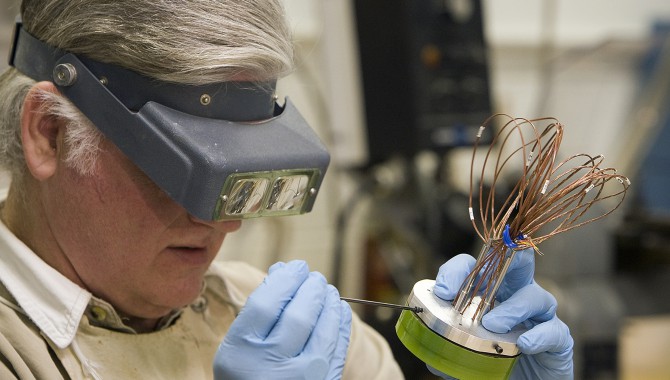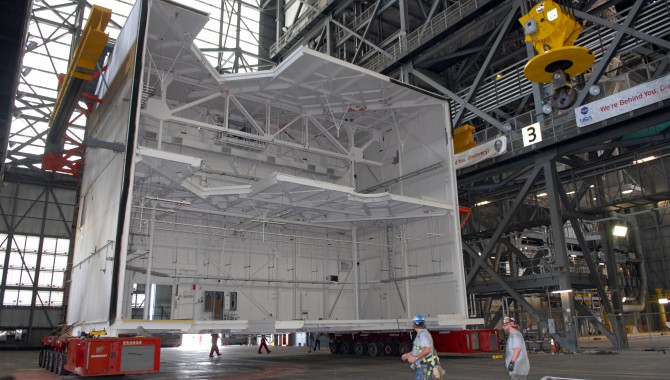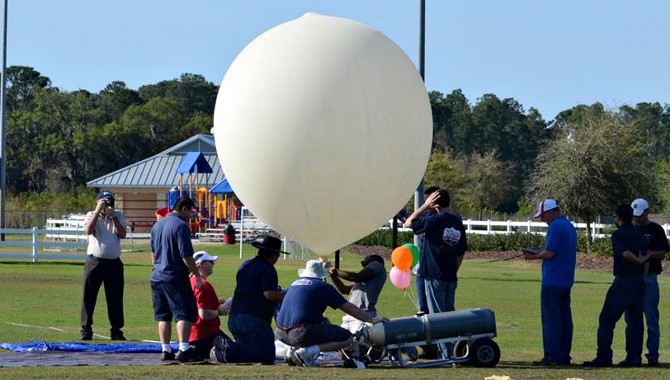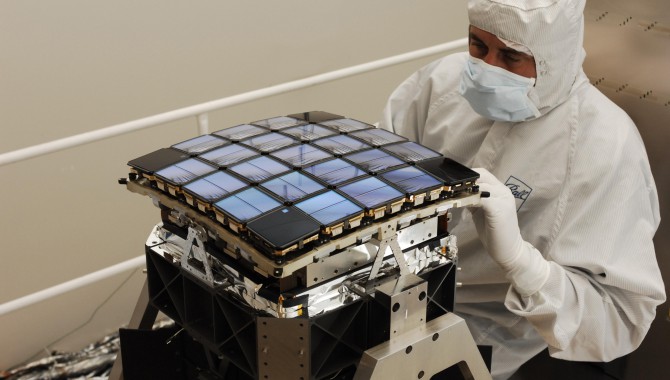
By Ruth McWilliams and Rex Elliott “Chris” works on a project with a tight deadline as part of a small team at a fairly remote site. The new head of his group has been with NASA for six months, after a long hiring process that resulted in the selection of an external candidate.













